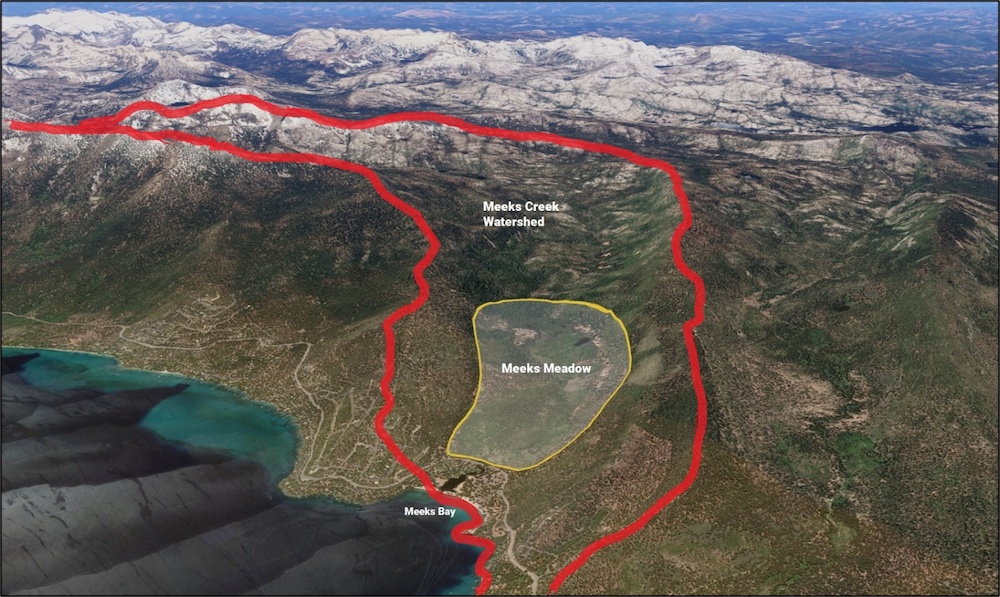
- Details
- By Tribal Business News Staff
- Food | Agriculture
SOUTH LAKE TAHOE, Calif. — The Washoe Tribe of Nevada and California was awarded a $380,454 grant by the California Tahoe Conservancy Board for the Máyala Wáta Restoration Project at Meeks Meadow.
Meeks Meadow has cultural importance for the Washoe Tribe, but the meadow’s ecological health has declined since European settlers drove the Washoe off their ancestral lands. The roughly 300-acre meadow served as a historical summer camp for the Washoe people, who hunted game, fished, gathered plant materials, and held ceremonies in the meadow and adjacent Meeks Bay area.
Before European settlement, the meadow system was naturally maintained by the low-intensity fires that frequently burned in the Lake Tahoe Basin. Historically, Washoe Tribe members routinely ignited and controlled such fires to support native plants and game habitat.
Cattle grazing, logging, and fire suppression have degraded Meeks Meadow since the displacement of the Washoe. The absence of low-intensity fire allowed lodgepole pines to encroach on the meadow, drying the soils and reducing the availability of culturally significant plants.
“The Washoe Tribe is eager to maintain progress on our plans to restore Meeks Meadow,” Serrell Smokey, chairman of the Washoe Tribe of Nevada and California, said in a statement. “This area has been an important place to the Washoe for generations, but we have a lot of work to do to repair decades of damage. We look forward to resuming land management practices that are meaningful to us, including prescribed burning and managing culturally significant plants.”
Restoration efforts will target 200 meadow acres and treat dense fuels in 100 acres of upland forest surrounding the meadow.
At a virtual meeting on Dec. 10, the Conservancy Board awarded the grant to support the Tribe’s plans to restore the meadow in coordination with the USDA Forest Service’s Lake Tahoe Basin Management Unit.
As part of the Máyala Wáta Restoration Project:
- Tribal members will remove encroaching pine trees from 300 acres of meadow.
- Tribal crews will conduct prescribed fire training and participate in culturally guided prescribed burning.
- Tribal elders and youth will plant culturally significant vegetation, remove invasive species, and protect culturally significant plants. In the process, elders will transfer traditional ecological knowledge to the younger generation.
- After restoration is complete, tribal crews will continue to monitor the effectiveness of restoration activities.
